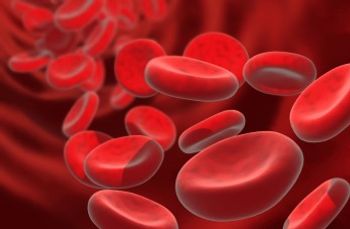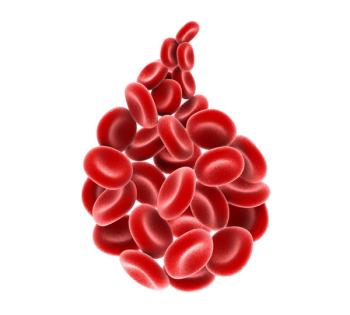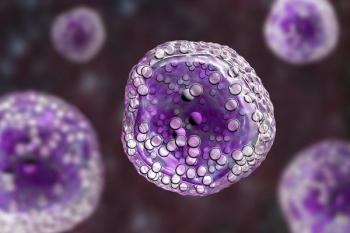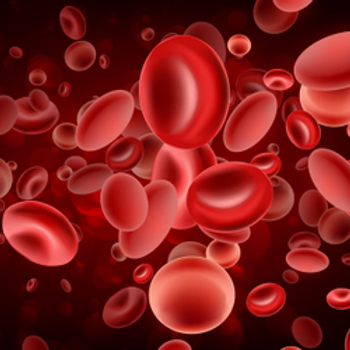
SCRT/Chemo Produce Positive Responses in Locally Advanced Rectal Cancer
Results from the ShorTrip trial found that SCRT plus chemotherapy regimens showed promising efficacy for patients with locally advanced rectal cancer.
Patients with medium to high locally advanced rectal cancer who received short-course radiotherapy (SCRT) followed by 1 cycle of folinic acid, fluorouracil, and oxaliplatin (FOLFOX) and 7 cycles of folinic acid, 5-fluorouracil, oxaliplatin, and irinotecan (FOLFOXIRI) had improved activity, according to results from the single-arm phase 2 ShorTrip trial (NCT05253846) presented at the
The pathological complete response (pCR) rate was 33%, the major pathological response (MPR) rate was 34%, and the non-MPR rate was 31%. Of note, 1 patient withdrew consent. A total of 95% of the pCRs were achieved during at least 5 cycles of FOLFOXIRI. Of the 63 patients who were resected, 98% had R0 resections, and 2% had R1.
“This strategy is feasible with almost 80% of patients completing 8 cycles of planned consolidation chemotherapy,” Martina Carullo, a resident at the University of Pisa Hospital, in the Department of Translational Research and New Technologies in Medicine and Surgery, and co-authors wrote in the presentation. “This approach is worth further studies, especially in non-operative management scenarios.”
Between January 2022 and February 2024, 64 patients were enrolled; the amended study design included those with locally advanced rectal cancer receiving SCRT, then 11 to 18 days after the last cycle of SCRT they were given 1 cycle of FOLFOX, followed by 7 cycles of FOLFOXIRI, and then 4 weeks after the last chemotherapy cycle, they underwent surgery.
Prior to the amendment, the study design included patients with locally advanced rectal cancer who received SCRT, 11 to 18 days after the last cycle of SCRT, they went on to receive up to 8 cycles of FOLFOXIRI, then 4 weeks after the last cycle of chemotherapy, they underwent surgery.
A total of 66% of patients were male, the median age was 62 years, and 89% had an ECOG performance status of 0. Proficient mismatch repair/microsatellite stability occurred in 100% of patients. Of note, 12 patients had missing values. Additionally, disease was observed high in the rectum in 23% of patients and the middle rectum in 77%.
cT2 disease was observed in 5% of patients, cT3 in 78%, and cT4 in 17%. cN0 staging was observed in 1%, cN1 in 30%, and cN2 in 69%.
Patients were either mesorectal fascia-positive (40%), negative (60%), or had missing values (n = 2). Lateral cN staging was either positive (34%), negative (66%), or had a missing value (n = 3). Additionally, patients were either extramural venous invasion-positive (38%), negative (62%), or had a missing value (n = 12).
The primary end point was the pCR rate, and key secondary end points included safety, R0 resection rate, failure-free survival, and overall survival.
To be included in the trial, patients had to be between 18 and 70 years old, have a histologically proven diagnosis of rectal adenocarcinoma, have an ECOG performance status of 1 or less, have middle-high rectum, and no evidence of metastatic disease.
Middle to high rectum was described as the distal border being between 5 cm and 12 cm from the anal verge.
During consolidation, grade 3/4 adverse effects (AEs) in the overall population included any event (62%), neutropenia (52%), febrile neutropenia (5%), anemia (8%), diarrhea (9%), stomatitis (8%), neurotoxicity (2%), and asthenia (6%).
For patients in the pre-amendment study design (n = 11), AEs included any event (82%), neutropenia (72%), febrile neutropenia (9%), anemia (9%), diarrhea (18%), stomatitis (9%), neurotoxicity (9%), and asthenia (18%).
For patients enrolled in the post-amendment protocol (n = 53), AEs included any event (58%), neutropenia (47%), febrile neutropenia (4%), anemia (8%), diarrhea (8%), stomatitis (8%), and asthenia (4%).
“Follow-up data are not mature [enough] to draw definitive conclusions about failure-free and overall survival data,” the authors concluded.
Reference
Carullo M, Borelli B, Rossini D, et al. Phase II study of short-course radiotherapy (SCRT) followed by consolidation chemotherapy with FOLFOXIRI as total neoadjuvant therapy (TNT) for locally advanced rectal cancer (LARC) patients (pts): The ShorTrip study. Presented at the 2025 American Society of Clinical Oncology (ASCO) Annual Meeting, May 30-June 3, 2025; Chicago, IL. doi:10.1200/JCO.2025.43.16_suppl.3592
Newsletter
Stay up to date on recent advances in the multidisciplinary approach to cancer.


















































































